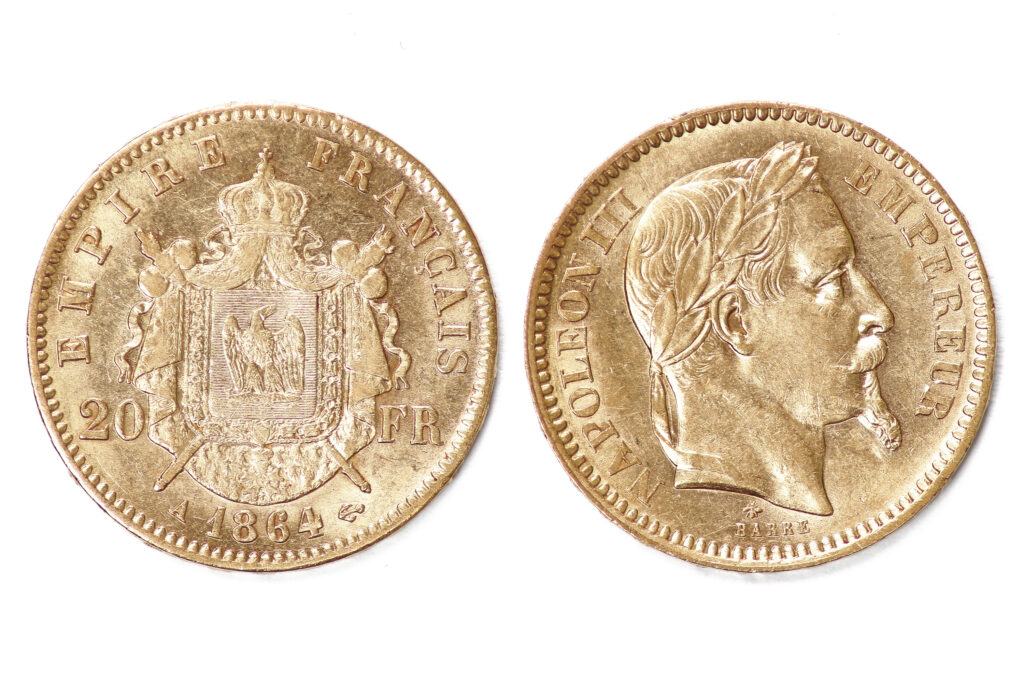Good Delivery Bars: The ‘gold standard’ in international precious metal trading
Additional information > The fundamentals of precious metals – a broad introduction to the basic principles > Good Delivery Bars: Quality-assured precious-metal
To facilitate efficient trading, it is always best to secure precious metals in a standardised format. Cast ingots, created by pouring molten metal into an ingot mould where it is allowed to cool, have had a significant impact as regards the adoption of uniform product standards. However, in the world of precious metals trading, there are still differences between individual types of bullion bars, which is why the concept of good delivery bars is so important.
What is a Good Delivery Bar?
Good delivery bars represent an internationally recognised precious-metal trading standard, though they can also be simply referred to as standard bars. These bullion bars are produced by approved refineries whose output is certified by the London Bullion Market Association (LBMA) as meeting the most stringent standards of quality and purity. The term “Good Delivery” can thus be confidently interpreted as a seal of the utmost quality. The inherent importance of these standard bars is their global recognition, which thus supports and promotes the security and liquidity of global trading. The most important standard bars are the good delivery bars in gold and good delivery bars in silver.
What is the London Bullion Market Association (LBMA)?
The London Bullion Market Association (LBMA) is an international organisation tasked with monitoring and regulating the precious metals market. To achieve this, the LBMA accredits a certain number of precious metal refineries that meet certain quality standards for the production of bars, and includes these approved refineries in its Good Delivery List. The organisation not only sets the standards for Good Delivery bars, but also ensures the global recognition of its standard bars. As a direct consequence of achieving an LBMA listing, goods from these refineries can also be traded via all the leading trading venues around the world. For example, the New York Mercantile Exchange (COMEX), the world’s largest trading platform for gold futures, accepts all refineries on the LBMA Good Delivery List, provided their bullion bars conform to the specific weight and fineness requirements of this US exchange.
What is the purity of gold Good Delivery bars, and how much do they weigh?
The LBMA standard stipulates a weight of around 400 ounces for gold bars, which is the equivalent of around 12.4 kilograms. However, there is a considerable tolerance range of between 350 and 430 ounces. The stipulated gold content, however, is much more tightly defined: A gold good delivery bar must contain at least 99.5% pure gold.
What is the purity of silver Good Delivery bars, and how much do they weigh?
The LBMA sets a significantly higher weight for silver bars: Approximately 1000 ounces (31.1 kilograms). As with gold, there is also a specified range of tolerance. This is more generous for standard silver bars, whose weight can vary from around 750 ounces through to 1100 ounces. The required purity for pure silver is at least 99.9%.
Why is the weight of good delivery bars expressed in ounces?
The use of the ounce as a unit of measurement has mainly historical and traditional roots. The ‘ounce’ unit of weight that dominates today’s precious metal trade has its origins in the Roman ‘uncia’ – a unit of measurement originally signifying a twelfth. Over many centuries, the ounce developed internationally to become the most widely used standard unit governing the weight of precious metals – especially gold and silver. As important trading and financial centres, first the British Empire and then the USA also contributed much to the worldwide spread and acceptance of the ounce. This is how a quasi-standard gradually became established. The troy ounce, weighing approximately 31.1035 grams, is used as a unit of weight specifically applicable to precious metals. However, this weight information only refers to a product’s pure precious metal content. Both the London Bullion Market Association (LBMA) and the New York Mercantile Exchange (COMEX) operate using the troy ounce as their standard unit of measurement.
Who uses good delivery bars?
Good delivery bars are primarily designed to meet the needs of institutional investors. Central banks, ETFs and larger financial institutions in particular use these standard bars and store them in high-security vaults. These solid bars allow primary users to trade and store large quantities of precious metals efficiently and securely.
Why are good delivery bars unsuitable for private individuals?
Because of their high value and considerable weight, good delivery bars are not a practical proposition for most retail investors. Their slightly inconsistent weight also makes the handling and processing of such bars quite cumbersome. And because the weight of each bar can vary so much, this inherent inflexibility makes them far less attractive to the private investment market in physical precious metals. For these private investors, coins and smaller bullion bar formats represent a more viable alternative which is both less expensive, and much easier to handle and store.
Summary:
- Good delivery bars are considered the standard bullion-bar format in the international precious metal trade.
- Manufactured according to LBMA specifications, good delivery bars are a guarantee of the highest quality and purity.
- Gold good delivery bars weigh approximately 400 ounces and have a purity of at least 99.5%.
- Silver good delivery bars weigh approximately 1000 ounces and have a purity of at least 99.9%.
- Standard bars are primarily used by central banks, ETFs and larger financial institutions.
- Because of their high value and fluctuating weight, good delivery bars are less suitable for private investors.








